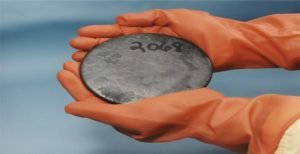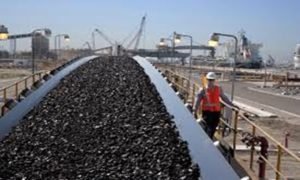Image source: utilities-me.com
Hydropower uses water to generate energy. Water flowing downhill from a higher level to a lower level is converted into kinetic energy forming a renewable source of power. Hydropower should not be confused with hydroelectric energy which uses turbines to rotate generators for the production of electricity.
Pros:
1. Renewable source of energy: Water sources are renewable and free. Rain renew water sources and can be used to generate more power naturally.
2. Clean source of energy: There are no harmful air pollutants, waste products or radioactive elements associated with this type of energy.
3. Environmentally friendly: Generation of hydropower does not result in the emission of carbon dioxide thus no greenhouse gases produced or global warming.
4. Uses free resources: Water used for generation of power is absolutely free unlike the prices of fossil fuel. Water prices are constant and do not fluctuate based on economic conditions.
5. Improves the surrounding environment: Construction of dams to support hydropower production improve the surrounding environment through the provision of water for irrigation and as a habitat for aquatic life.
6. Dams used for recreation: Dams can be used for recreational activities like fishing, water sports or tourist attraction.
7. Reliable: Water flow in rivers is more predictable as compared to wind and sunlight. The dams can keep up with energy demands as more power plants are added to the existing hydropower systems to increase energy supply.
8. Low maintenance cost: Hydropower has the lowest cost of maintenance in a lifetime and average cost in the generation of power.
9. Low-head electricity generation: In case of a low-head electrical power generation, water wheels and hydro turbines are used.
10. Higher efficiency: Compared to other renewable sources of energy, hydropower production has high conversion efficiency. Over 90% of energy is converted to hydropower.
Cons:
1. Expensive: The initial cost of installing the water wheels and building the hydropower plant is very high even based on the amount of energy it can produce. Although when the levels of water flow are high, the amount of power generated can justify the cost.
2. Rainwater limitation: Hydropower is restricted to the flow of water from a hilly to a foothill area. The amount of power generated depends on the head of water, the flow of water and rain characteristics in the area. With no rain, then there is no water.
3. Transport issues: It is difficult to move the equipment and machines needed to build the hydropower plant in a hilly area.
4. Destroy natural habitats: construction of dams for large-scale energy production destroy natural habitats in the environment.
5. Land inundation: Water power generation process leads to impoundment of large amounts of water which can lead to loss of habitats due to the land inundation.
6. Flooding: Overflowing of dams and river water can cause floods to the surrounding environment. This leads to loss of life and property.
7. Dams change water flow: Dam construction can change water flow in rivers and other waterways. This leads to the shortage of water in the neighboring communities.
8. The threat to marine life: Construction of dams on waterways affects marine life. It can also cause death to fish species which are caught up in the water wheels or turbines.
9. Natural occurrences: Drought can affect the amount of hydropower generated. Cold weather can freeze the water wheels and water supply, especially in a mountainous climate.
10. Decompositions of trees along hydropower reservoirs: Decompositions of plants and trees along the reservoirs can lead to emission on methane and carbon dioxide.



